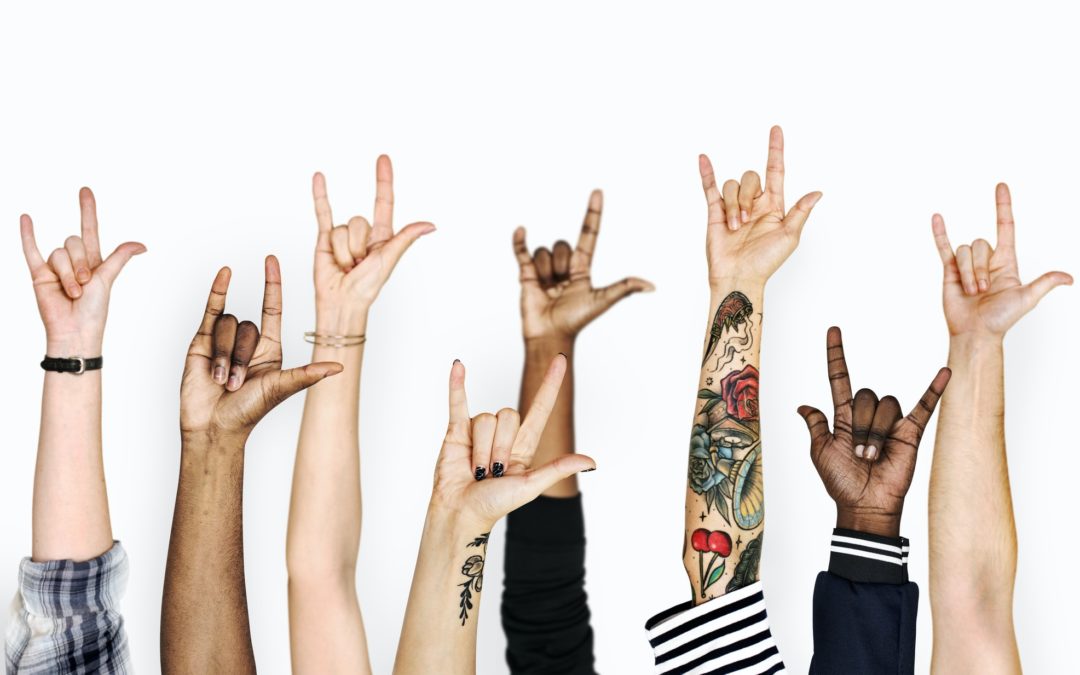When people think of diversity and inclusion in the workplace the first image that often comes to mind is that of different races in the workplace. But that’s not all that diversity and inclusion is about. It’s about accepting the many differences in all of us no matter who we are and honoring those differences so that everyone is appreciated for what their unique diversity brings to a workplace.
Why diversity and inclusion is important
The most advanced workplaces know that if you want employees to feel that they really belong to an organization, you’ve got to let them be themselves. More importantly, they should be “valued” for being themselves. As Michael Bush Chief Executive Officer of a Great Place to Work shares in his Big Think video called Why diversity and inclusion aren’t about race but everyone thinks they are “If you treat everyone the same, you are not going to get the best out of everyone.”
The result of treating everyone the same
If employees with a variety of differences are treated as though they are the same, it can be a recipe for disaster: Employees’ unique talents may wilt. Plus their special abilities won’t be seen or encouraged and that’s a sure way to slash job satisfaction and employee engagement.
There’s a great quote by Albert Einstein, the theoretical physicist who developed the theory of relativity, where he states that, “Everybody is a genius. But if you judge a fish by its ability to climb a tree it will live its whole life believing that it is stupid.”
In other words, measuring all employees by the same yardstick is not only a mistake that will hinder employee morale – it won’t uncover the unique genius in each of your staff.
Examples of our many differences
As pointed out in a Gallup.com article called, 3 Requirements for a Diverse and Inclusive Culture, written by Ella Washington and Camille Patrick, “Diversity represents the full spectrum of human demographic differences — race, religion, gender, sexual orientation, age, socio-economic status or physical disability. A lot of companies consider lifestyles, personality characteristics, perspectives, opinions, family composition, education level or tenure elements of diversity, too.”
Employees can display their diversity in a number of ways:
- age
- race
- life experience
- culture
- insights
- talents
- ethnicity
- gender
- sexual orientation
- religious beliefs
- political beliefs
- physical appearance
- educational backgrounds
- status
- physical abilities or challenges
- mental abilities or challenges
- introvert versus extrovert and more.
The gold mine of differences
Diversity is a good thing. Imagine if all employees were exactly the same in their abilities and outlooks. Organizations would be stuck in a rut. They could only offer a very limited product or service. But thanks to the many talents, perspectives and insights of different people, organizations can stretch and grow. They can offer a greater variety of expertise and services to their clients because of the diverse knowledge and skills of their workforce.
Most employees are excited to bring their individual talents to organizations. The best organizations know this and they work hard to treat everyone fairly and to appreciate and support diversity and inclusion.
Where to start
Organizations that want to move ahead of the competition would be wise to train management and other employees to understand diversity and inclusion and how it is applied to the everyday culture of a workplace. In a Globe and Mail article called, Diverse and inclusive corporate cultures make for better business decisions, Susan Uthayakumar writes, “…organizations considering hidden bias training should look to roll this out to all leaders and managers and enable them to role model the change that’s wanted internally.”
Plus, it’s being proven in many organizations that understanding, appreciating and cultivating the unique differences in all of us is a step in the right direction. Ultimately, it leads to a more inclusive workplace with happier and more productive employees.





